Introduction to Punjab’s Festivals
Punjab is often referred to as the “Land of Five Rivers,” and its vibrant festivals are a reflection of its rich agricultural tradition, deep spiritual beliefs, and the joyous spirit of its people. The festivals in Punjab not only mark the changing seasons but also bring together families and communities, reinforcing social bonds and cultural identity. With an array of colorful celebrations throughout the year, Punjab stands as a testament to the resilience and exuberance of its people.
Read More About Hindu Philosophy
Baisakhi: The Harvest Festival
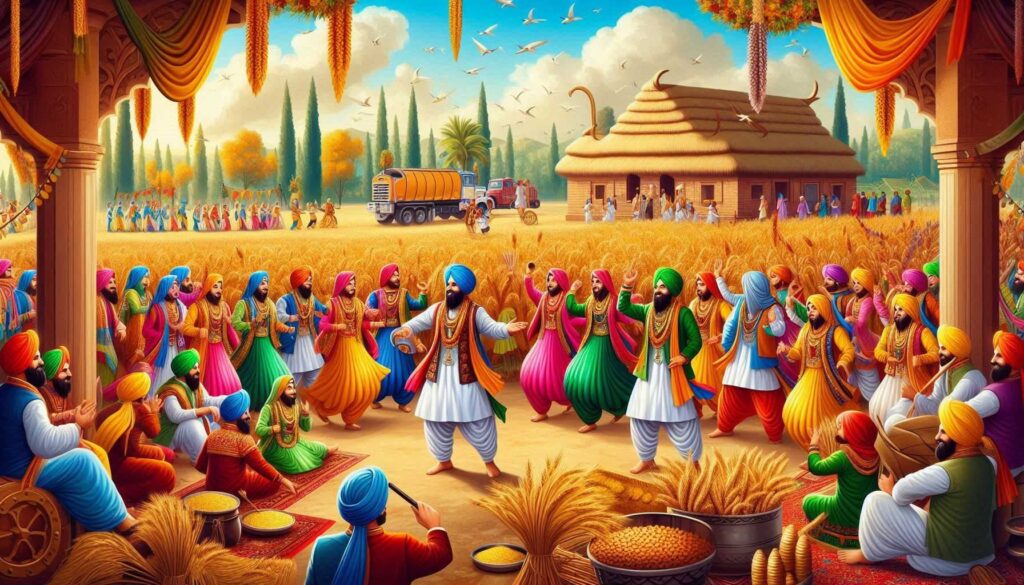
Date: April 13, 2025
Baisakhi, also known as Vaisakhi, is one of the most important festivals in Punjab. It marks the harvest of rabi crops and the beginning of the new harvest year.
Cultural Significance
- Agricultural Importance: Baisakhi is celebrated to express gratitude for a bountiful harvest and to seek blessings for future prosperity.
- Historical Relevance: The festival also commemorates the formation of the Khalsa by Guru Gobind Singh in 1699, which holds immense significance for Sikhs.
Celebrations and Rituals
- Gurdwara Visits: Sikhs gather in gurdwaras (Sikh temples) to offer prayers and partake in community meals (langar).
- Traditional Dances: Bhangra and Gidda are performed, reflecting the joyous spirit of the festival.
- Processions: Colorful processions featuring singing, dancing, and the display of the Nishan Sahib (Sikh flag) take place.
Lohri: The Festival of Harvest and Bonfire

Date: January 13, 2025
Lohri marks the end of winter and the arrival of longer days. It is primarily celebrated by farmers to thank the Sun God for a good harvest.
Cultural Significance
- Community Bonding: Lohri is an occasion for families and communities to come together, strengthening social ties.
- Celebration of Fertility: The festival celebrates the fertility of the land and the arrival of the harvest season.
Celebrations and Rituals
- Bonfire Lighting: A large bonfire is lit in the evening, around which people gather to sing traditional songs and dance.
- Traditional Food: People prepare and share sweets made of jaggery, peanuts, and popcorn.
- Celebration of New Life: Lohri is particularly significant for couples expecting a child, as it symbolizes fertility and prosperity.
Gudi Padwa: New Year Celebration
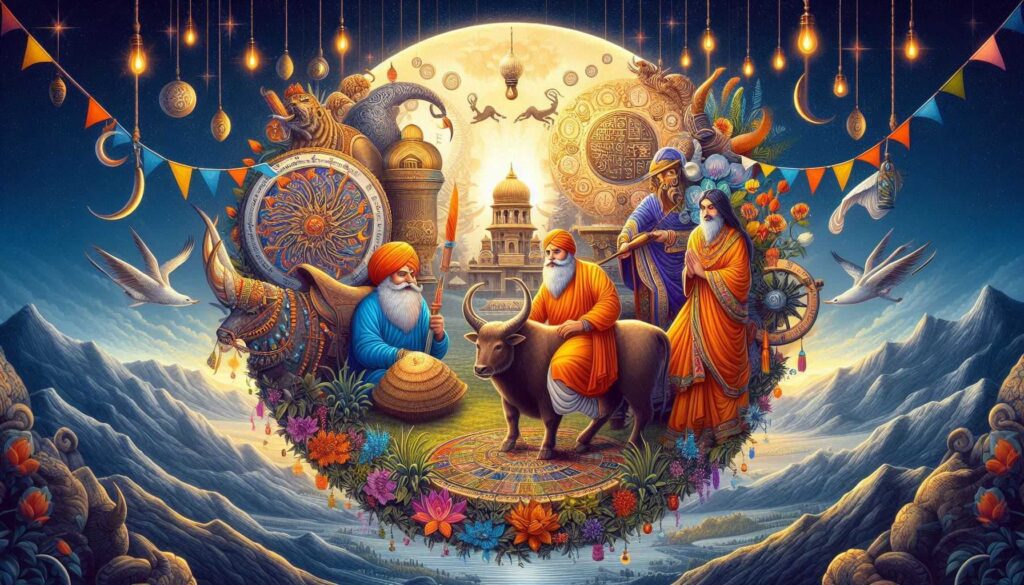
Date: March 11, 2025
Gudi Padwa marks the start of the New Year according to the lunar calendar. While primarily celebrated in Maharashtra, it has gained prominence in Punjab.
Cultural Significance
- New Beginnings: The festival symbolizes the onset of spring and new beginnings in life and agriculture.
- Spiritual Renewal: It is a time for spiritual reflection and setting intentions for the year ahead.
Celebrations and Rituals
- Gudi Setup: Homes are decorated with a Gudi (a decorated pole with a cloth), symbolizing prosperity and victory.
- Family Gatherings: Families come together to prepare traditional dishes and celebrate the new year.
- Cultural Performances: Folk songs and dances are performed to mark the occasion.
Makar Sankranti: Celebrating the Sun

Date: January 14, 2025
Makar Sankranti is a harvest festival celebrated across India, marking the transition of the Sun into the zodiac sign of Capricorn (Makar).
Cultural Significance
- Agricultural Transition: The festival indicates the end of winter and the beginning of the harvest season.
- Cultural Unity: Makar Sankranti is celebrated with variations across different states, symbolizing unity in diversity.
Celebrations and Rituals
- Kite Flying: People engage in kite flying, filling the sky with colorful kites as a symbol of joy and celebration.
- Special Feasts: Traditional dishes made of sesame seeds and jaggery are prepared and shared among families.
- Religious Rituals: People take holy dips in rivers and offer prayers to the Sun God for health and prosperity.
Diwali: The Festival of Lights
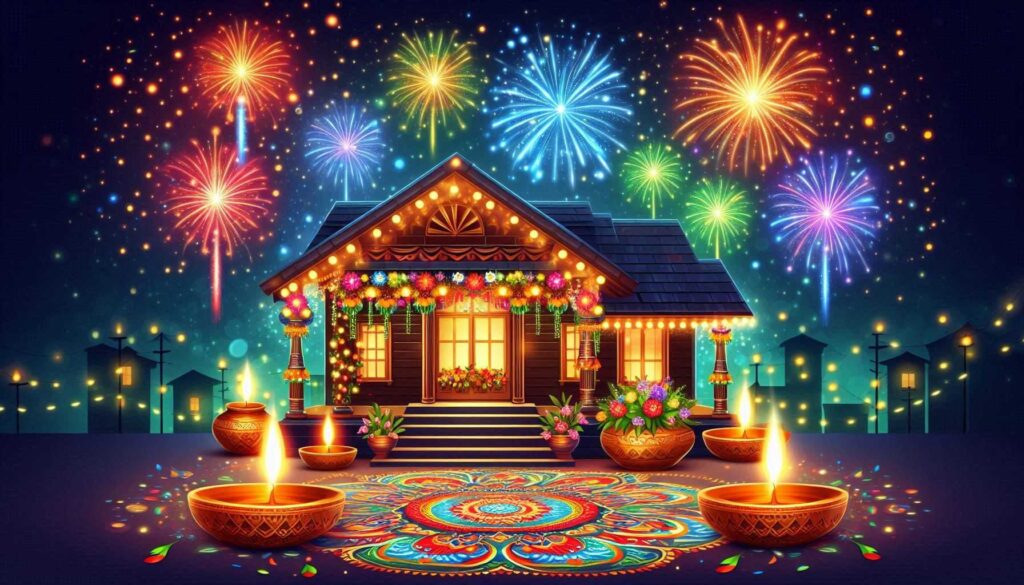
Date: October 22, 2025
Diwali, known as the Festival of Lights, is celebrated by millions across India and is particularly special in Punjab.
Cultural Significance
- Victory of Light Over Darkness: Diwali symbolizes the triumph of good over evil and light over darkness.
- Renewal and Rebirth: It is also a time for renewal, forgiveness, and new beginnings.
Celebrations and Rituals
- Decorating Homes: Homes are adorned with diyas (oil lamps), candles, and colorful rangoli designs.
- Fireworks: The night sky is lit up with fireworks, symbolizing joy and celebration.
- Family Gatherings: Families come together to perform Lakshmi Puja and share sweets, reinforcing bonds of love and harmony.
Holi: The Festival of Colors
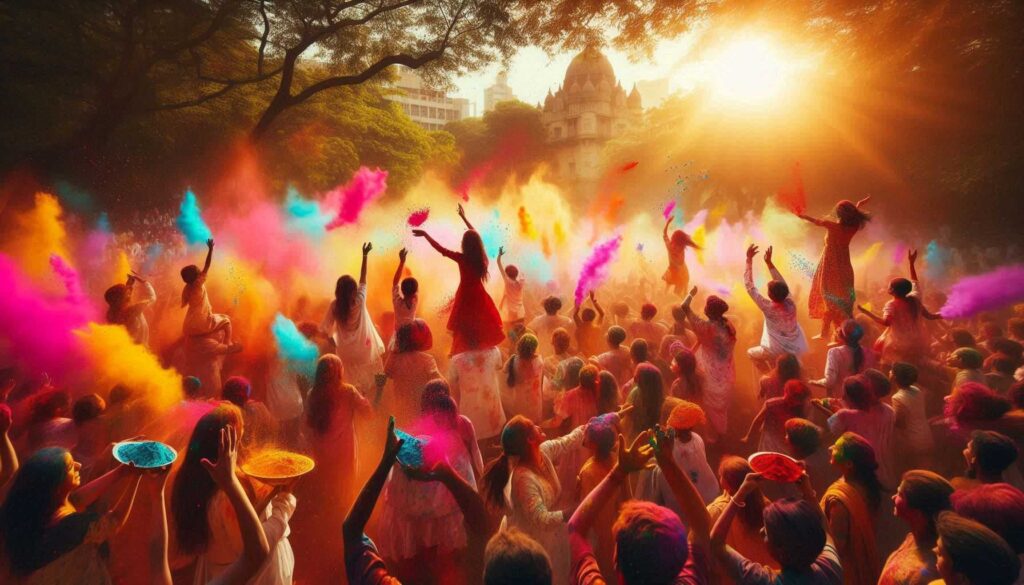
Date: March 25, 2025
Holi, the Festival of Colors, celebrates the arrival of spring and the victory of good over evil.
Cultural Significance
- Celebration of Love: Holi is a time to celebrate love, joy, and the arrival of spring.
- Cultural Harmony: It fosters a sense of unity and inclusiveness among people.
Celebrations and Rituals
- Colorful Festivities: People throw colored powders (gulal) and water at each other, creating a vibrant atmosphere.
- Traditional Songs and Dances: Folk songs and dances are performed, enhancing the festive spirit.
- Feasting: Traditional sweets and snacks are prepared and shared among friends and family.
Dussehra: The Victory of Good over Evil
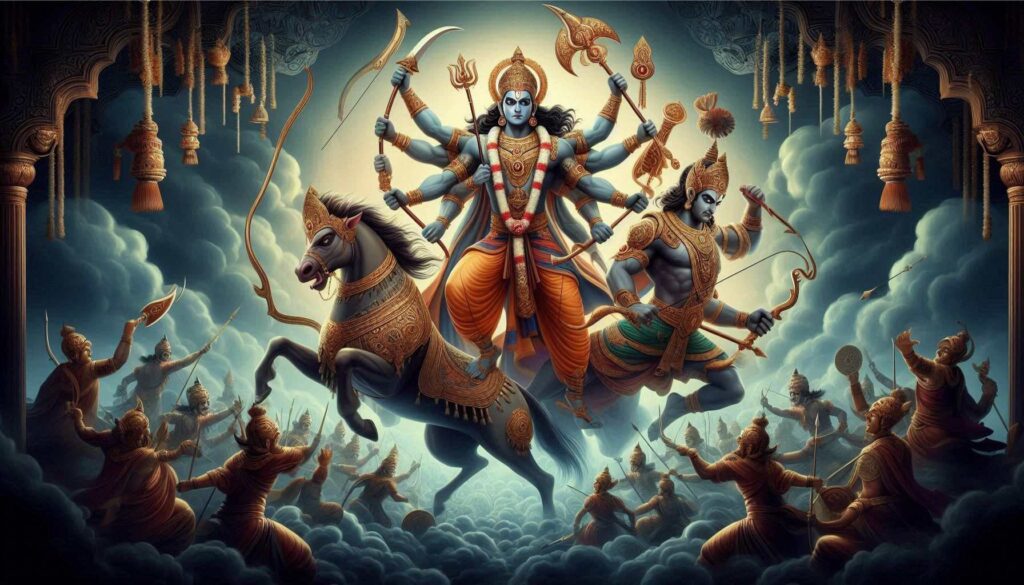
Date: October 12, 2025
Dussehra, also known as Vijayadashami, commemorates the victory of Lord Rama over the demon king Ravana.
Cultural Significance
- Moral Values: The festival emphasizes the importance of righteousness and the triumph of good over evil.
- Historical Significance: It reflects the rich mythology and culture of India.
Celebrations and Rituals
- Ramlila Performances: The enactment of the Ramayana, showcasing the battle between Rama and Ravana, is a key highlight.
- Burning of Effigies: Effigies of Ravana are burned to symbolize the victory of good over evil.
- Community Gatherings: Families and friends come together to celebrate, reinforcing community bonds.
Guru Nanak Jayanti: Celebrating the Birth of the First Guru
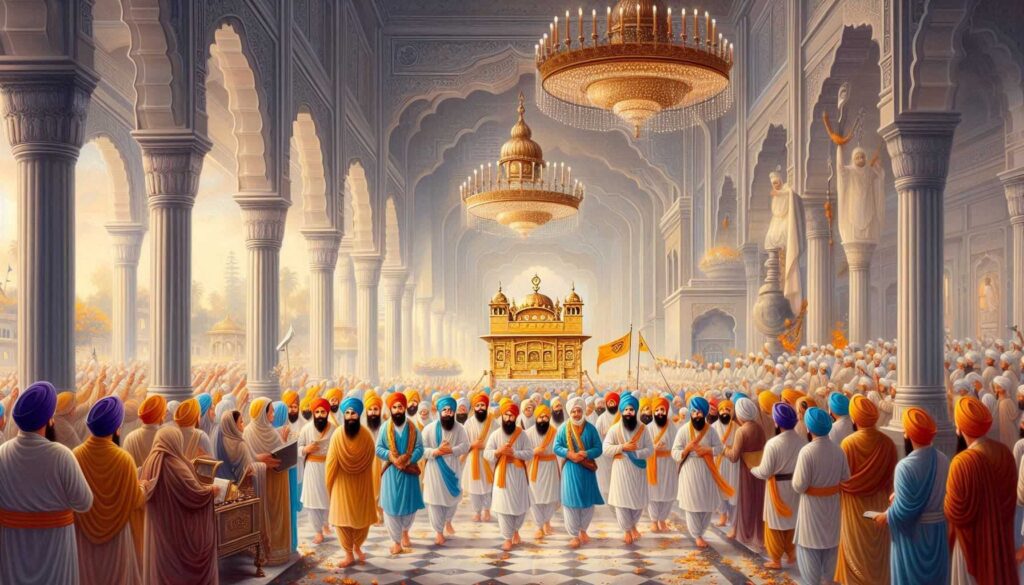
Date: November 27, 2025
Guru Nanak Jayanti, also known as Gurpurab, marks the birth of Guru Nanak, the founder of Sikhism.
Cultural Significance
- Spiritual Enlightenment: The festival emphasizes the teachings of Guru Nanak, focusing on equality, compassion, and spirituality.
- Cultural Heritage: It celebrates the rich spiritual heritage of the Sikh community.
Celebrations and Rituals
- Prabhat Pheri: Early morning processions are held, singing hymns and chanting prayers.
- Langar: Community meals are organized in gurdwaras, emphasizing the spirit of sharing and equality.
- Devotional Singing: Kirtan (devotional singing) is performed to honor the teachings of Guru Nanak.
Teeyan: Celebrating Women’s Strength

Date: August 2025 (Exact Date TBD)
Teeyan is a festival celebrating the strength and resilience of women in Punjab.
Cultural Significance
- Empowerment: The festival highlights women’s roles in society and their contributions to family and community.
- Cultural Identity: It reflects the rich cultural traditions and customs associated with women in Punjab.
Celebrations and Rituals
- Folk Dances: Women come together to perform traditional dances like Gidda and Dandiya.
- Sharing of Stories: The festival is a time for women to share stories, songs, and experiences, reinforcing bonds of sisterhood.
- Traditional Attire: Women dress in vibrant traditional attire, adding color and joy to the celebrations.
Conclusion: The Spirit of Punjab’s Festivals
The festivals of Punjab in 2025 offer a vibrant glimpse into the state’s rich cultural heritage and traditions. They serve as a reminder of the values of community, spirituality, and joy that are deeply rooted in the hearts of the people. Each celebration is an opportunity to come together, honor traditions, and create lasting memories with family and friends. As we approach these festivals, let us embrace the spirit of Punjab and celebrate the diverse tapestry of life that it represents.


